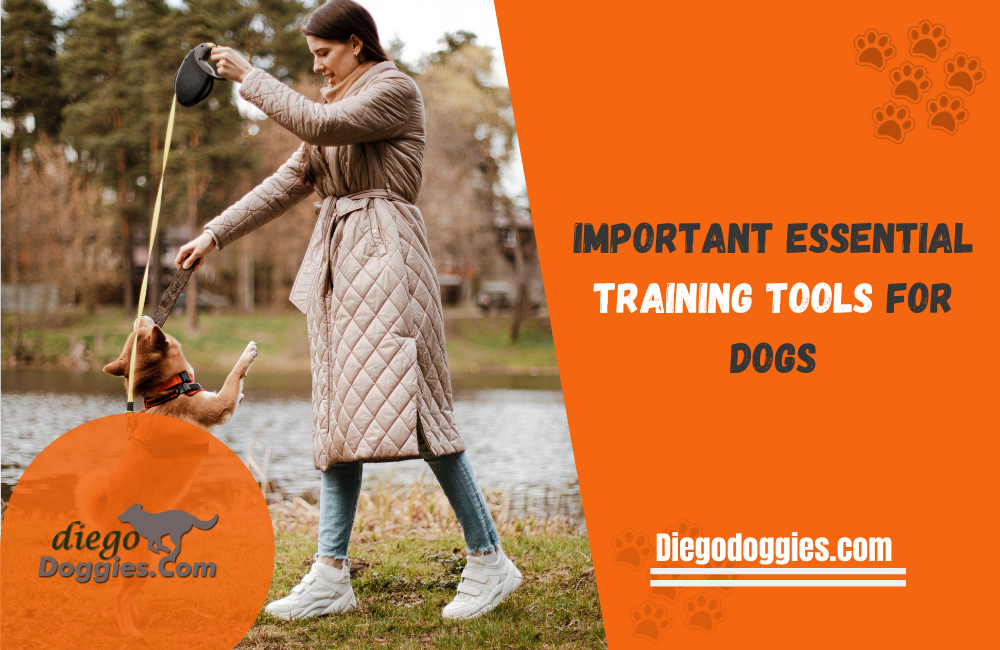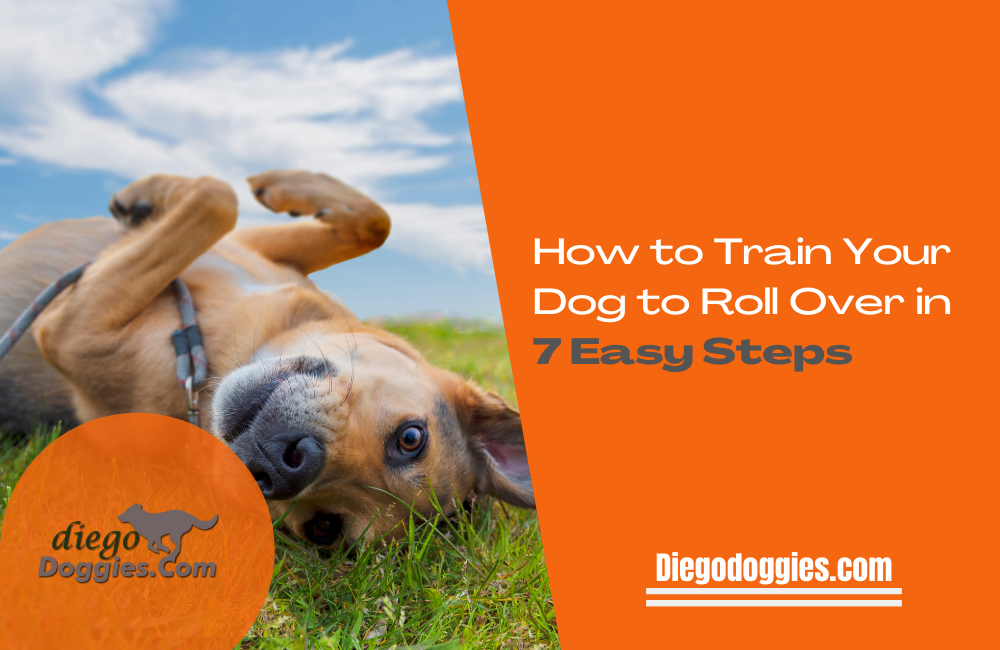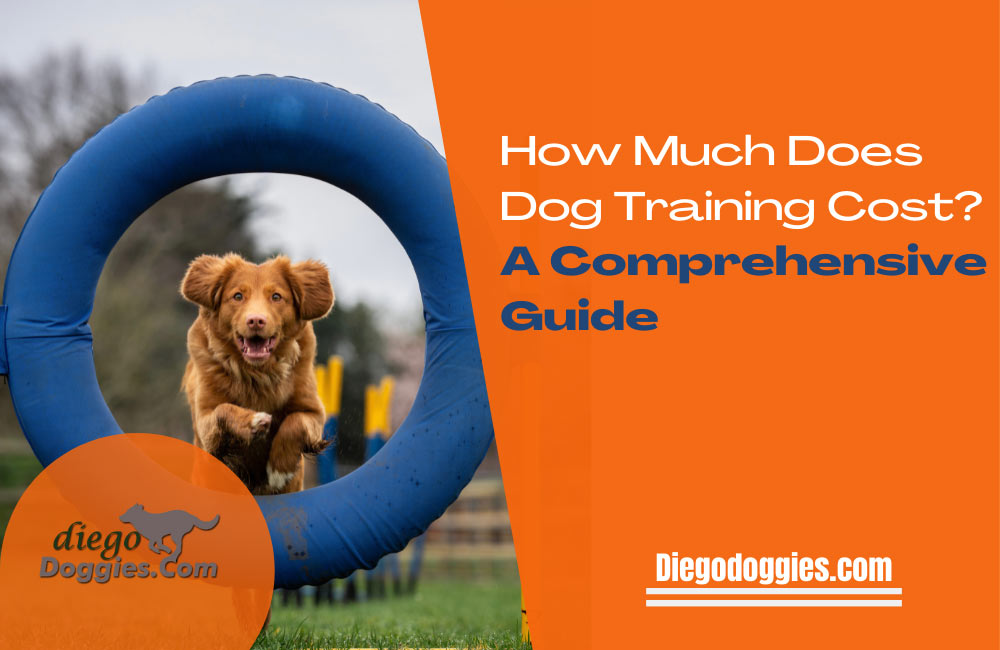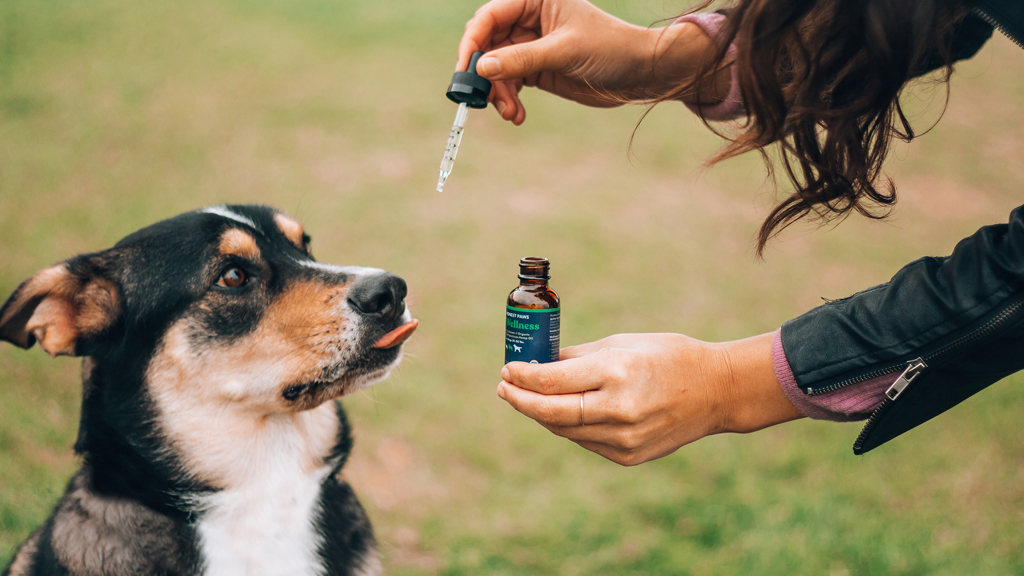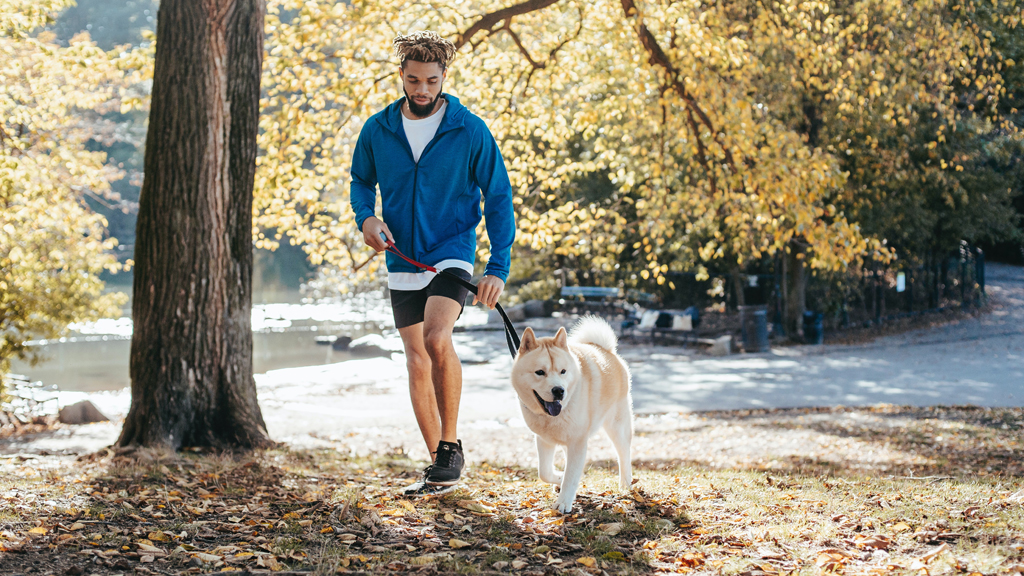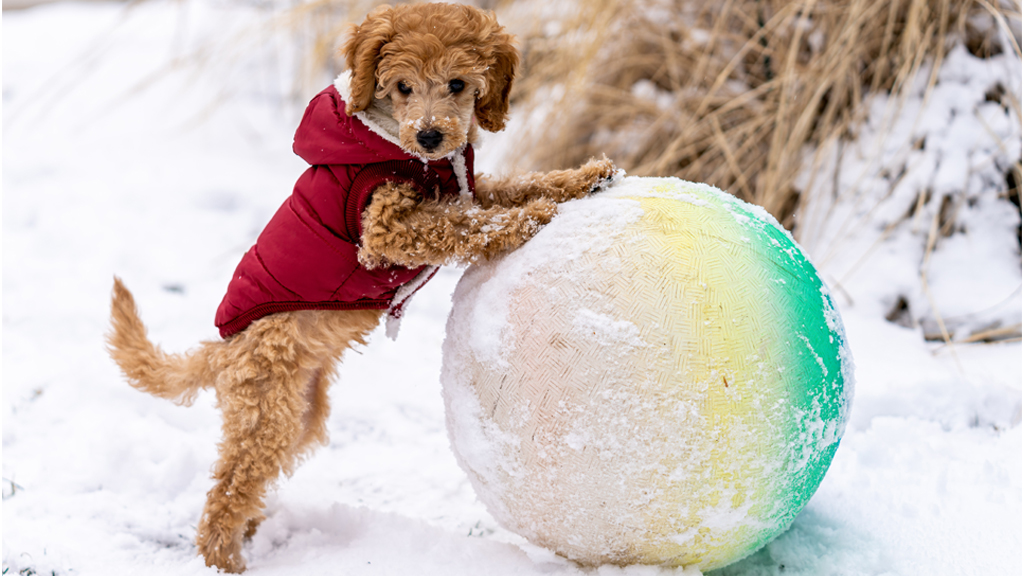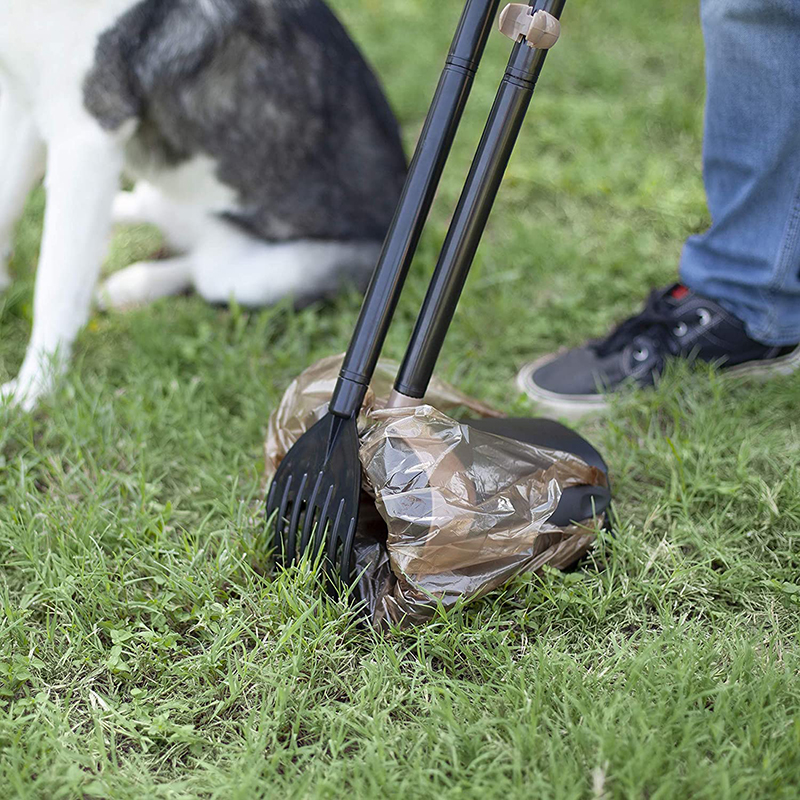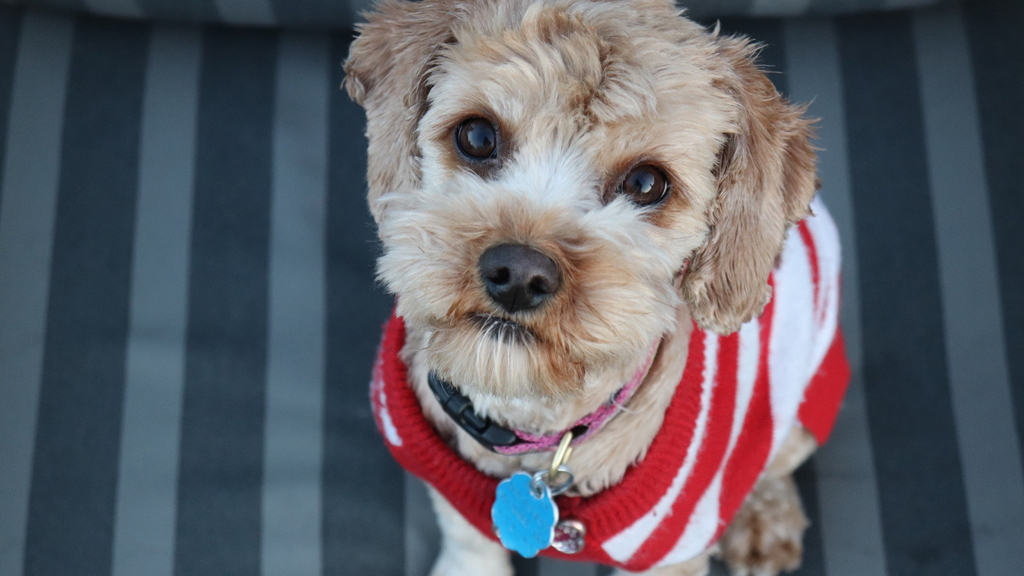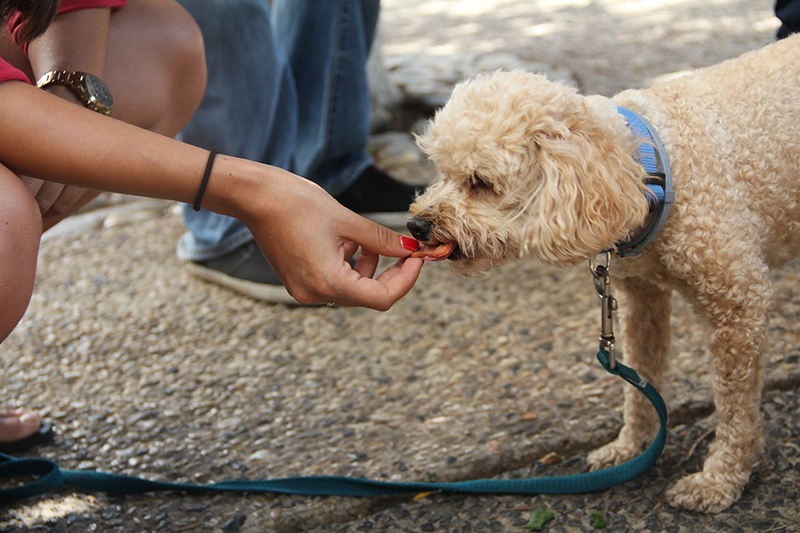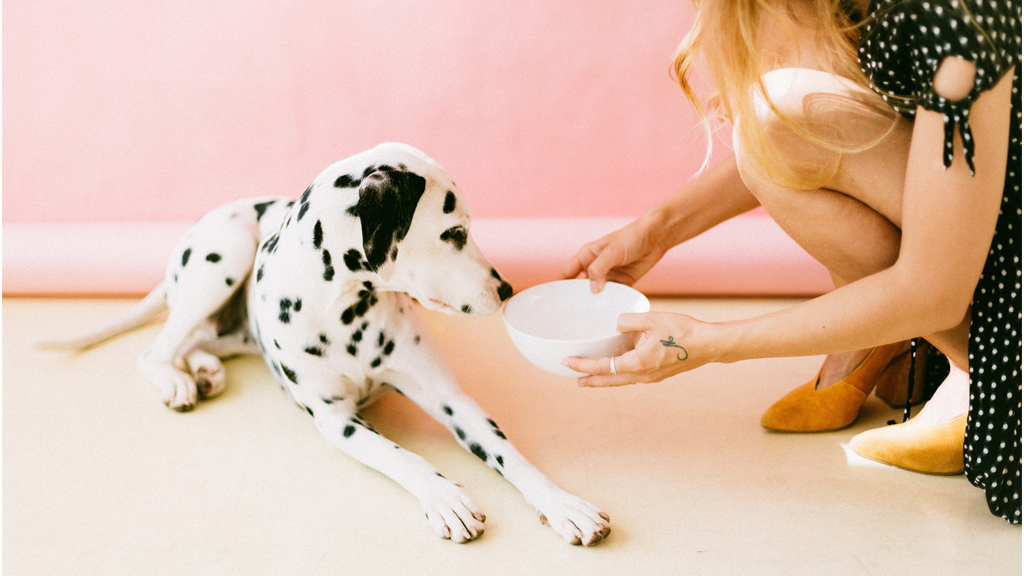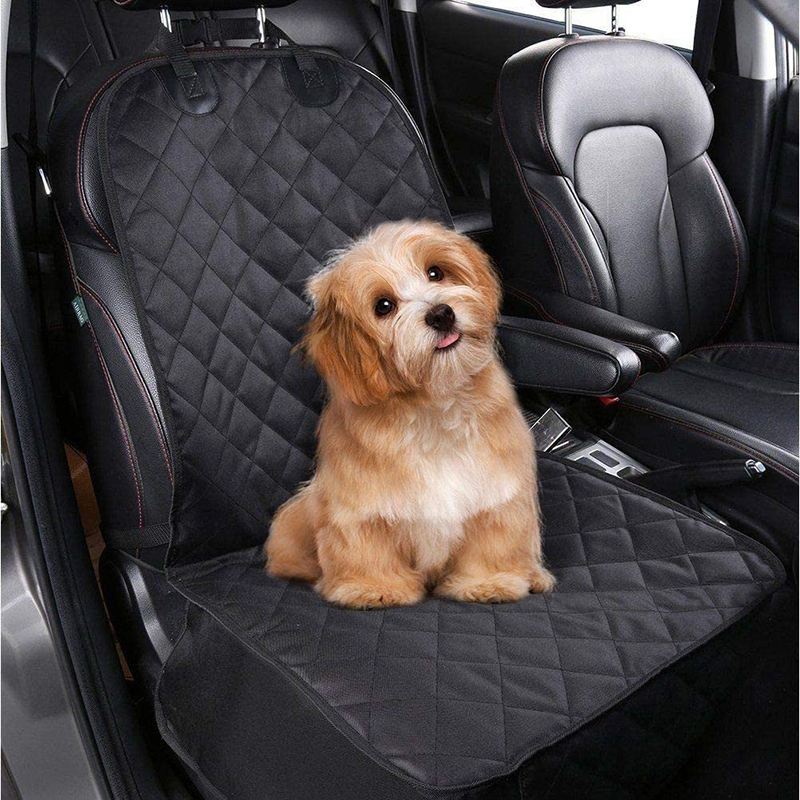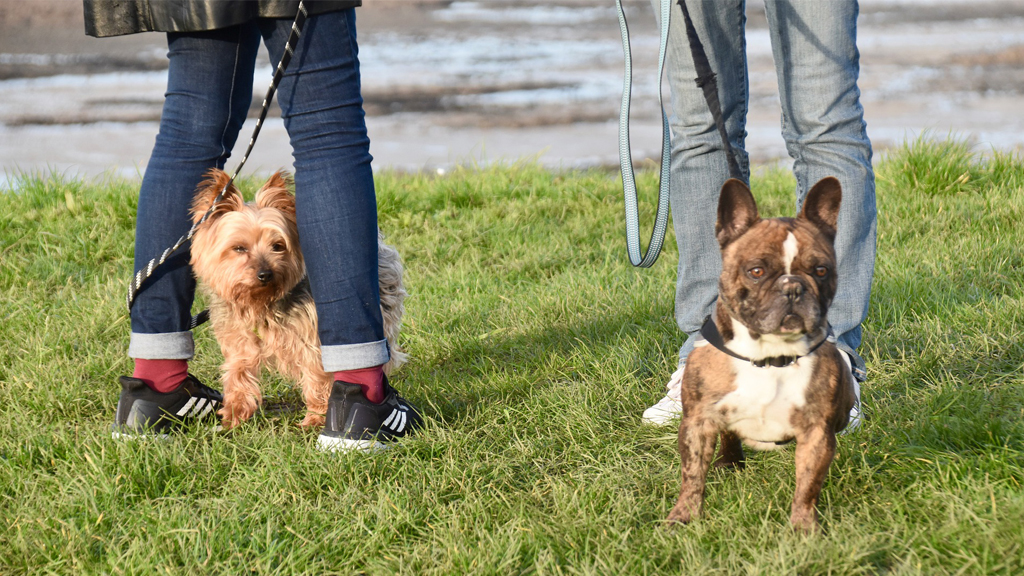When it comes to training your dog, having the right tools can make all the difference. In this blog post, we will discuss essential training tools that every pup owner should have. These tools will help you to train your dog more effectively and efficiently. Keep reading for more information!
How to Choose the Right Dog Training Equipment?
Investing in the right dog training equipment is essential to set your pup up for success. But with all the different products on the market, it can be tricky to know which ones to choose. Here are a few tips:
Consider your dog’s individual needs: What type of training are you doing? What does your dog struggle with?
Do your research: Read reviews and talk to other dog owners to get recommendations.
Talk to a professional: A certified trainer or behaviorist can help you choose the right tools for your pup.
Training Tools for Dogs
1. Clicker
One of the most popular and effective dog training methods is clicker training. Clicker training is a positive reinforcement technique that helps your dog to associate certain behaviors with a click sound.
When your dog performs the desired behavior, you will click the device and then give them a treat. This method is extremely versatile and can be used to train your dog to do just about anything.
2. Crate
A crate can be a valuable training tool for your dog. Crates provide a safe space for your pup to stay when they are not supervised. They can also be used for potty training, as dogs are typically reluctant to soil their sleeping area.
When crate training, it is important to make sure that your dog has a positive experience by introducing them to the crate gradually. Start by feeding them meals in the crate and then slowly increase the amount of time they spend in it.
3. Leash
A leash is another essential tool for training your dog. Leashes provide you with a way to control your pup when they are outside, preventing them from running off or getting into trouble. Leashes can also be used for teaching your dog to walk politely by your side.
When choosing a leash, make sure to get one that is comfortable for both you and your pup. Consideration of retractable leashes should be on your list
4. Treats
Treats are often used as a reward during training sessions. They can help to motivate your dog and encourage them to perform the desired behavior.
When selecting treats, choose something that your pup loves and is easy to eat. Small, soft treats are usually best so that your dog does not get full before the training session is over.
5. Training Collar
A training collar can be a helpful tool for teaching your dog basic obedience commands. Training collars provide a way to give your dog a gentle correction when they are not following directions.
There are many different types of training collars available, so be sure to choose one that is comfortable for your pup and easy for you to use.
6. Training Journal
Keeping a training journal is a great way to track your pup’s progress. A training journal can help you to identify which techniques are working and which ones need to be adjusted. It is also a good place to record any questions or concerns that you have about your dog’s training.
7. Puppy pads
Puppy pads can be used for potty training or for providing your dog with a place to go when they are indoors. Puppy pads are absorbent mats that contain a built-in attractant. This helps to encourage your pup to use the pad instead of going to the bathroom in other areas of your home.
Dog Agility Training Equipment
Dog Tunnel
Dog tunnels are often used in agility training. They provide your dog with a fun and challenging way to exercise. Tunnels also help to build confidence and improve coordination.
Jumps
Jumps are another common agility training tool. They can be used to teach your dog to jump over obstacles or to follow directions. Jumps can also be used as a form of exercise for your pup.
Dog Training Equipment– Training Tools for Dogs
The most important factor when choosing training tools for your dog is finding ones that fit both you and your dog’s needs. This should also embrace strength training. Here are six essential pieces of equipment to help get you started on the path to success.
A good set of quality agility poles are a must for any training regimen. They are great for teaching your dog basic obedience commands, such as sit, stay, come, and down.
An agility tunnel is another essential piece of equipment. Agility tunnels are used to teach your dog to follow directions and to build confidence.
A set of hurdles is a great way to add variety to your training regimen. They can be used to teach your dog to jump, weave, and change directions quickly.
A set of Weaver poles is a great way to improve your dog’s coordination and balance. and used to teach your dog to follow directions and to stay focused.
A seesaw is a fun way to add excitement to your training. It can be used to teach your dog to change directions quickly and to stay balanced.
A set of teeter-totters is a great way to build your dog’s confidence. Used to teach your dog to jump, weave, and change directions quickly.
Final Words:
These are just a few of the many tools that you can use to train your dog. Be sure to talk to a professional trainer or behaviorist to get started on the right training path for your pup. With the right tools, you will be well on your way to successfully training your pup!
Related Content
- Alga Norte Dog Park with Training Obstacles & Nice Off-Leash Areas
- Coronado Dog Beach near San Diego Offers Great Point Loma Views
- Del Mar Dog Beach with Spectacular Cliff Views
- Dusty Rhodes Dog Park in San Diego near Ocean Beach
- Fiesta Island Dog Beach Off-Leash Dog Park at Mission Bay
- Grape Street Dog Park in Balboa Park Brings Nature to the City
- Morley Field Off-Leash Dog Park in Balboa Park – Amazing Canyon Views
- Nate’s Point Off-Leash Dog Park at Balboa Park
- Ocean Beach Off-Leash Dog Beach in San Diego, CA
- Rancho Bernardo Off-Leash Dog Park in San Diego, CA
- Dog Grooming – Tips And Tools
- How To Clean A Dog’s Clothes, Sweaters, Bedding & Collars
- 10 Best Park Accessories for Dog Owners
- Is Your Dog Barking Excessively And Annoying Your Neighbours?
- Dog Grooming Take- Diego Doggies
- Restrain a Dog for Grooming: The Safe and Easy Way
- Start a Dog Grooming Business
- Adopt a Dog in San Diego: Everything You Need to Know
- Dog Training Cost? A Comprehensive Guide
- Right Dog Raincoat: The Ultimate Guide
- San Diego Dog Park Safety Tips, Training, and Dog Accessories
- What You Should Do To Become a Responsible Dog Owner
- 7 Benefits of Dog Grooming and Exercising in San Diego

